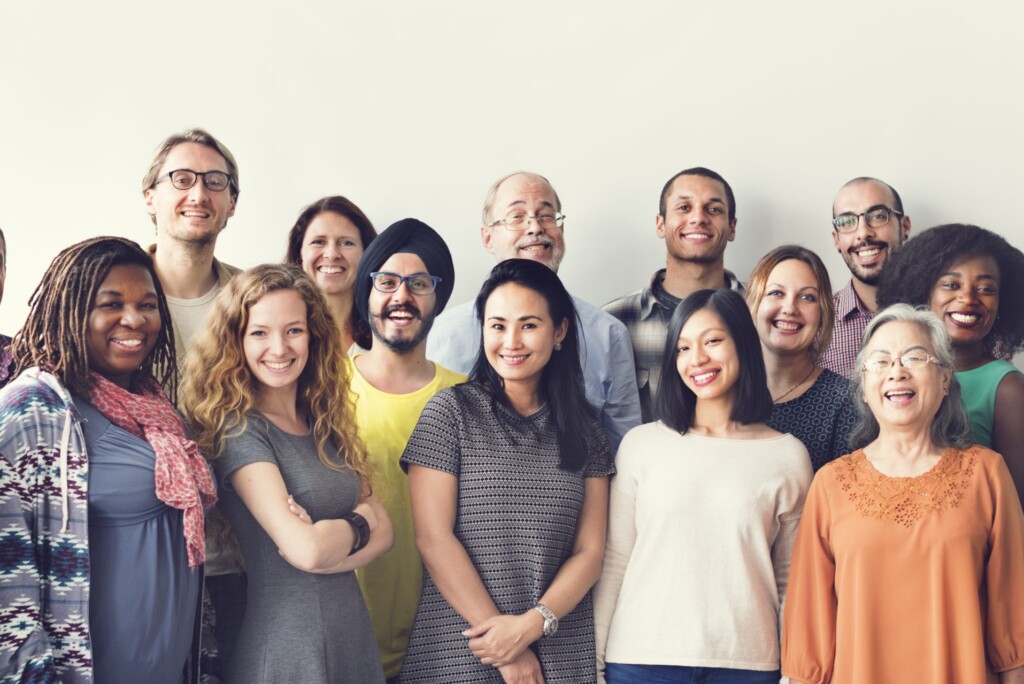Community Sport
Community sport plays a vital role in bringing people together, promoting physical health, and fostering social connections. Explore resources that support local programs, and encourage participation across all ages and abilities.
Search Community Sport Resources
Top 10 resources
- Policy Framework for Recreation in Canada
- Long Term Athlete Development Model
- SIRCuit Article: Leveling the playing field: Accessibility in youth basketball
- SIRC Article: Schools play a key role in supporting youth physical activity
- SIRCuit Article: Taking Action: Community Sport Organizations and Social Responsibility
- SCRI Panel: Trending topics in youth sport
- SIRCuit Article Building Capacity in Community Sport Organizations
- SIRCuit Article: Giving Due Deliberation to Masters Athletes: The Time has Come
- Power of Sport: The True Sport Report 2022
- SCRI Keynote: Punching above our weight – The balance is better journey of culture change in New Zealand Aotearoa

Featured resource
SIRC and Queen's University


Featured resource
University of Sherbrooke and SIRC

Featured resource
Patti Millar, University of Windsor
Quick Facts
What is community sport?
Community sport refers to organized physical activities that take place within a local community and are accessible to people of all ages, skill levels, and backgrounds. These activities are typically non-competitive or recreational and are designed to promote health, social interaction, and community engagement.
They are often organized by local clubs, schools, recreational centers, or community groups and can include a wide range of activities such as youth soccer leagues, adult basketball games, swimming lessons, and fitness classes. The focus is on participation, enjoyment, and fostering a sense of belonging within the community.
What are the benefits of participating in community sport?
The benefits that contribute to individual well-being, social cohesion, and overall community health include:
- Physical Health: Can improve cardiovascular health, enhances strength and endurance, and helps in maintaining a healthy weight.
- Mental Health: Can reduce stress, anxiety, and depression, and provide an opportunity for social interaction, which can improve mental well-being.
- Social Inclusion: Can foster a sense of belonging and inclusion by bringing together individuals from diverse backgrounds, building relationships and strengthening community bonds.
- Skill Development: Helps individuals develop physical skills, teamwork, leadership, and discipline, which can be beneficial in other areas of life.
- Youth Development: For young people, it can offer an outlet for energy, teaching important life skills, and providing positive role models.
- Community Engagement: Events and activities encourage volunteerism, local pride, and community spirit, contributing to a more connected and supportive community.
- Economic Benefits: Can boost local economies by attracting visitors, creating jobs, and promoting local businesses through events and activities.
How does community sport support youth development?
It plays a vital role in youth development by providing a structured environment for learning teamwork, discipline, leadership, and resilience. It also promotes healthy lifestyles and positive social interactions. Through regular participation, young people gain valuable life skills, build self-esteem, and develop a strong sense of community, which contributes to their overall growth and future success.
What is the Long-Term Athlete Development (LTAD) model?
The Long-Term Athlete Development (LTAD) framework is designed to guide the development of athletes from early childhood through to adulthood. It outlines specific stages to optimize training, competition, and recovery according to the age and development of the athlete. The stages are:
- Active Start
- FUNdamentals
- Learn to Train
- Train to Train
- Train to Compete
- Train to Win
- Active for Life
The LTAD ensures that athletes develop their skills and physical abilities at the appropriate pace, reducing the risk of burnout and injury. By emphasizing age-appropriate development and long-term progression, the LTAD model supports sustainable growth and peak performance in sports.
Video Resources
Poster Presentations – SCRI Conference 2013
- University of Lethbridge, University of Ottawa, Dalhousie University, University of Saskatchewan, University of Sherbrooke, Laurier University, McMaster University, University of Toronto, University of Southern California, York University, University of Regina, University of Windsor, Fair Parenting Project, Western University, University of Waterloo, University of Alberta, and SIRC
- 2013
Extracurricular sport improves long-term chances of academic success in boys and girls
- University of Montreal and SIRC
- 2022
Sport participation in Canada: Evaluating measurements, and testing determinants of increased participation
- University of Toronto and SIRC
- 2014
Multiculturalism and physical culture: The case of the GTA
- Centre for Sport Policy Studies and SIRC
- 2014
Sport for Development – Using Sport to Address Community Issues
- Ottawa Sport Council, SIRC, and Sport Matters Group
- 2018
Beyond the Ice: Experience of a former pro hockey player and learnings to improve concussion care for children and youth
- University of British Columbia and SIRC
- 2024
Knowledge Nuggets
knowledge nuggets
Spotting the hidden signs of burnout
New research found that athletes who feel like they’re not making progress or no longer value their sport are more likely to underperform—regardless of whether
New research found that athletes who feel like they’re not making progress or no longer value their sport are more likely to underperform—regardless of whether they are physically exhausted. These warning signs of burnout highlight the need for coaches and sport leaders to check in on athletes’ motivation, not just their physical load.
knowledge nuggets
Using VR to train attention in sport
A new study found that immersive virtual reality (VR) training helped athletes stay more focused during competition. For coaches and sport organizations, this suggests VR
A new study found that immersive virtual reality (VR) training helped athletes stay more focused during competition. For coaches and sport organizations, this suggests VR can be a powerful tool to simulate pressure-filled scenarios and sharpen in-game focus and decision-making.
knowledge nuggets
The impact of sports schools on student athletes
As athlete development grows more specialized, sports schools have grown in popularity as a way to balance academics and training. This review explores how they
As athlete development grows more specialized, sports schools have grown in popularity as a way to balance academics and training. This review explores how they impact student-athletes holistically, highlighting both the highs and lows across physical, academic, and psychosocial development.
knowledge nuggets
Sport-for-development (SFD) program evaluation
Sport-for-development (SFD) programs use sport as a tool to support social, educational, or health outcomes, especially for youth. A recent study with over 2,600 young
Sport-for-development (SFD) programs use sport as a tool to support social, educational, or health outcomes, especially for youth. A recent study with over 2,600 young participants showed strong survey response rates, suggesting youth are engaged and willing to share their experiences in these programs. Researchers also offered suggestions to improve how SFD programs are evaluated and better understand their impact.
knowledge nuggets
Transitions in athletes
From changing clubs to crossing borders, transitions in an athlete’s life are often complex. This article explores their journey through evolving environments and introduces 2
From changing clubs to crossing borders, transitions in an athlete’s life are often complex. This article explores their journey through evolving environments and introduces 2 models designed to help coaches and sport professionals support athletes every step of the way.
knowledge nuggets
Plyometric training for sport
Build sport-specific power with plyometric training! Just 8 weeks can boost speed, agility, and explosive strength for athletes.
Build sport-specific power with plyometric training! Just 8 weeks can boost speed, agility, and explosive strength for athletes.
knowledge nuggets
Intermittent fasting and athletics
Intermittent fasting (IF), a popular method of weight loss, has shown promise for some athletes. From boosting energy metabolism to reducing inflammation and supporting chronic
Intermittent fasting (IF), a popular method of weight loss, has shown promise for some athletes. From boosting energy metabolism to reducing inflammation and supporting chronic disease prevention, IF may be a game changer for some athletes.
knowledge nuggets
Physical activity for cognitive function
Want to supercharge your focus? Take a quick run! A recent study shows that short activity breaks can sharply boost attention, making them a game
Want to supercharge your focus? Take a quick run! A recent study shows that short activity breaks can sharply boost attention, making them a game changer for staying sharp and engaged.
More Community Sport Resources
|
|
|
|
|
|
|
|
|
|